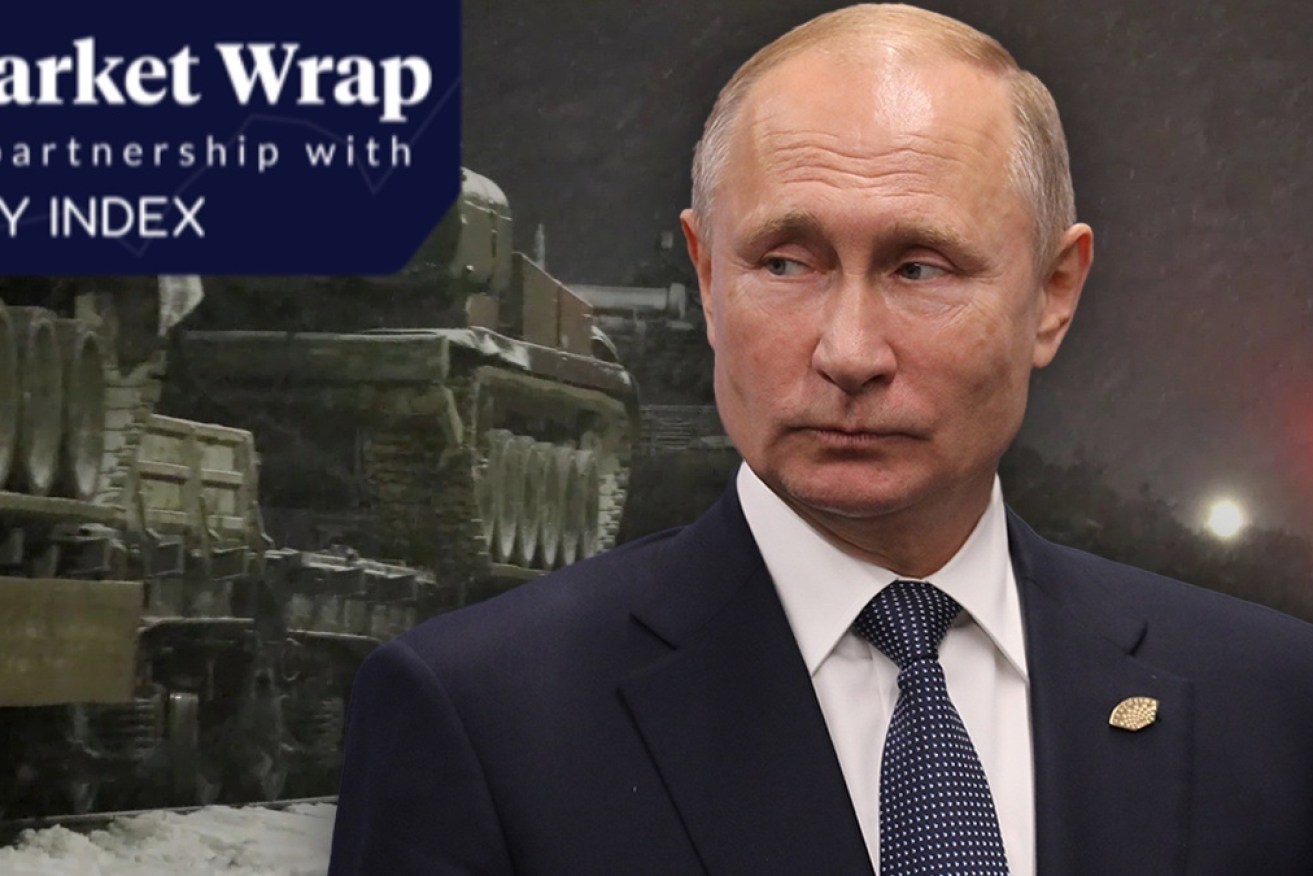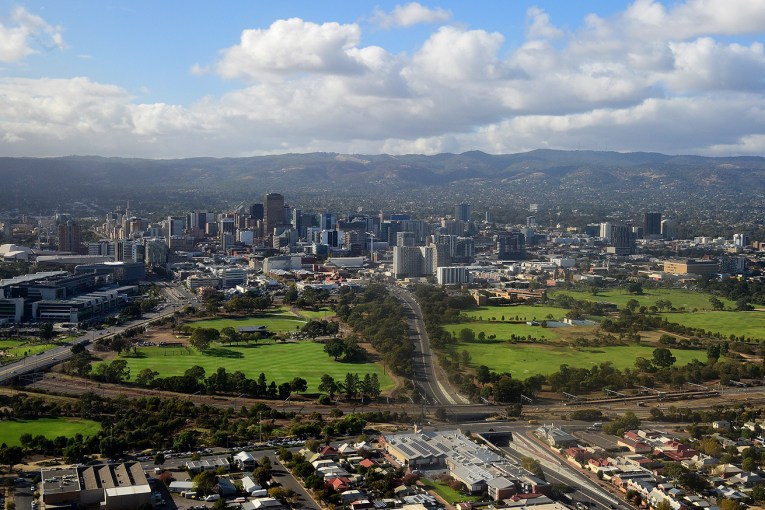Ukraine dominates five key things to watch in markets this week


US sharemarkets fell 1.3 per cent last week as the Russian military effort to take key Ukrainian cities intensified and traders panicked to lock in commodity and energy supplies.
The ASX200 locked in a 1.61 per cent gain for the week, supported by surging commodity prices and outperforming other regional equity markets.
The Japanese stock index, the Nikkei, closed 1.9 per cent lower.
Hong Kong’s sharemarket, the Hang Seng, closed 1.4 per cent lower, tallying up a combined three-week loss of about 12 per cent as its Omicron surge spirals out of control.
Here are the top five things to watch in markets this week.
1. Russia-Ukraine war
The focus will remain on the Russia-Ukraine war, firstly from a humanitarian perspective.
Secondly, as the energy and commodity supply shocks intensify the economic concerns around inflation and growth and potential tail risks.
2. After the floods, the clean-up begins
Natural disasters, such as floods, are a negative supply shock as they disrupt production and public infrastructure and damage homes, cars and business assets.
In terms of demand, spending is initially delayed but then increases as the disruptions ease and the repair and replacement of damaged assets get under way.
The recent floods in northern New South Wales and Queensland could amount to a 0.3 percentage-point hit to GDP, depending on how badly coal mines have been impacted and how much livestock has been lost.
3. US inflation rate to hit the turbochargers
CPI data is likely to show inflation accelerated to 7.9 per cent year on year and core inflation to 6.4 per cent year on year in February, driven by soaring energy prices, labour shortages and supply disruptions.
4. Will an Iran nuclear deal be agreed upon and alleviate panic in the oil market?
Negotiations to revive the nuclear deal with Iran are believed to be in the final stages.
Should an agreement with Iran be concluded this week, it would mean the return of Iranian oil that would partially offset the loss of Russian supply.
Iran produces about two million barrels of oil per day, about 33 per cent of Russia’s exports, and plans to increase its output to four million barrels per day if sanctions are lifted.
5. Russia-Ukraine crisis and soaring oil price overshadows this week’s ECB meeting
The European Central Bank finds itself in a tug of war between short-term inflationary pressures arising from the spike in energy prices as crude oil futures trade above $US130 per barrel, and downside growth risks from higher commodity prices and confidence.
Because of this, the ECB is unlikely to hike rates in 2022, and at this week’s meeting, it is no longer expected to slow the pace of its bond-buying program.
Brought to you by City Index. Access to over 4500 global markets on shares CFDs, Indices, Forex & Crypto with a trusted provider.








